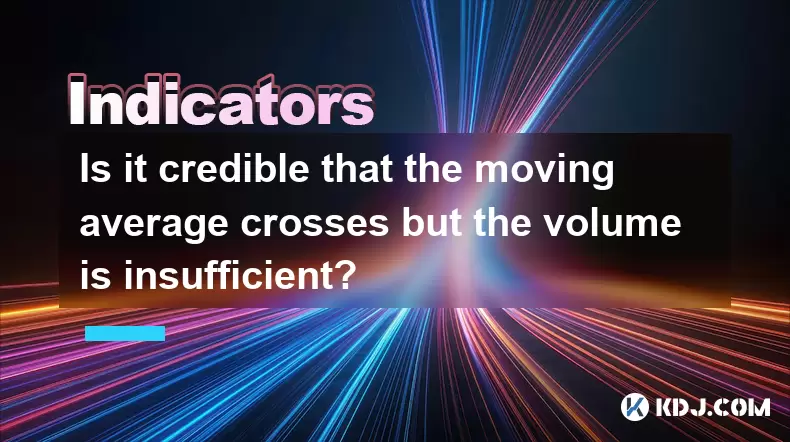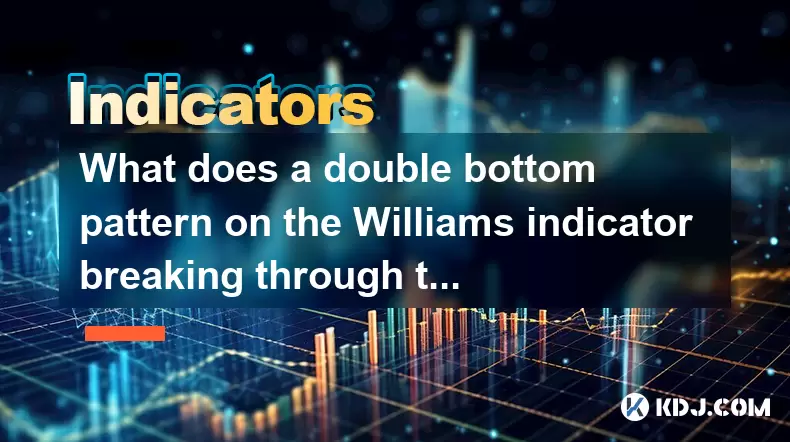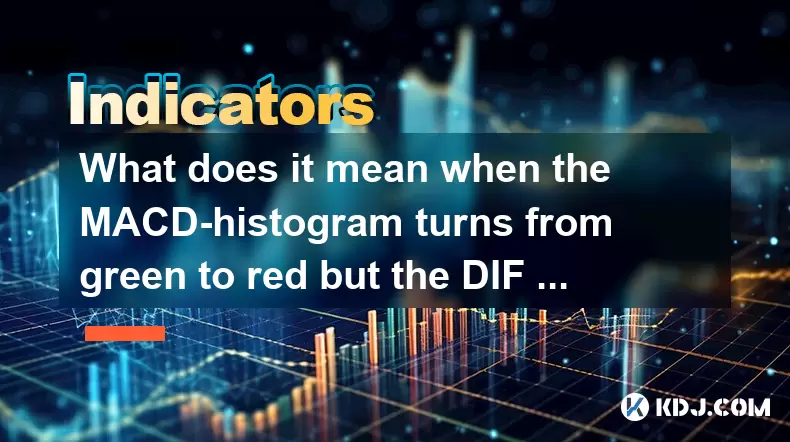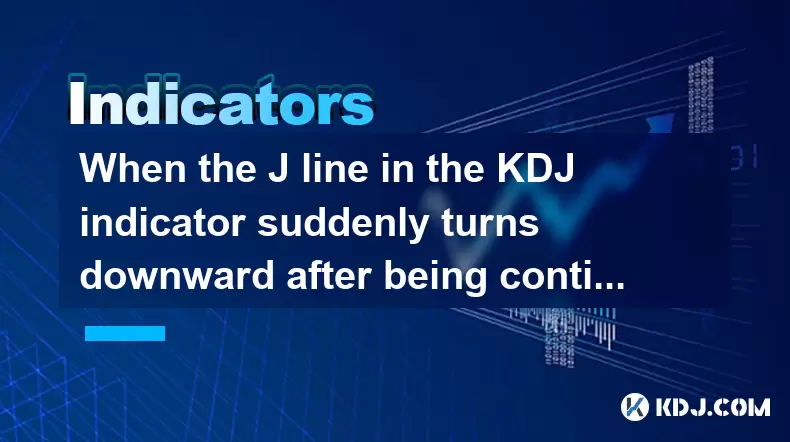-
 Bitcoin
Bitcoin $116400
-0.36% -
 Ethereum
Ethereum $4033
3.40% -
 XRP
XRP $3.302
-1.26% -
 Tether USDt
Tether USDt $1.000
-0.02% -
 BNB
BNB $796.1
1.67% -
 Solana
Solana $177.8
1.89% -
 USDC
USDC $0.9999
0.00% -
 Dogecoin
Dogecoin $0.2314
4.09% -
 TRON
TRON $0.3381
0.14% -
 Cardano
Cardano $0.7989
1.22% -
 Stellar
Stellar $0.4496
-1.84% -
 Chainlink
Chainlink $20.42
9.42% -
 Hyperliquid
Hyperliquid $41.17
0.88% -
 Sui
Sui $3.914
3.77% -
 Bitcoin Cash
Bitcoin Cash $584.7
1.52% -
 Hedera
Hedera $0.2632
-0.54% -
 Avalanche
Avalanche $24.09
3.40% -
 Ethena USDe
Ethena USDe $1.001
-0.02% -
 Litecoin
Litecoin $123.2
1.33% -
 Toncoin
Toncoin $3.318
-0.04% -
 UNUS SED LEO
UNUS SED LEO $8.984
-0.05% -
 Shiba Inu
Shiba Inu $0.00001323
2.85% -
 Uniswap
Uniswap $10.90
4.41% -
 Polkadot
Polkadot $3.999
3.34% -
 Dai
Dai $1.000
0.01% -
 Cronos
Cronos $0.1630
9.64% -
 Bitget Token
Bitget Token $4.484
0.82% -
 Monero
Monero $272.4
2.44% -
 Pepe
Pepe $0.00001173
6.03% -
 Aave
Aave $290.8
2.88%
Is it credible that the moving average crosses but the volume is insufficient?
Moving average crossovers in crypto markets may be less credible if volume is low, as it suggests weak market interest and potential false signals.
Jun 02, 2025 at 12:56 pm

In the cryptocurrency market, technical analysis plays a crucial role in helping traders make informed decisions. One of the most commonly used indicators in this field is the moving average (MA). Traders often look for crossovers between different moving averages as signals for potential trend changes. However, a frequent question arises: Is it credible that the moving average crosses but the volume is insufficient? To answer this, we need to delve into the concepts of moving averages, volume, and their interplay in the crypto market.
Understanding Moving Averages
Moving averages are a type of lagging indicator used to smooth out price data and identify trends over a specified period. There are several types of moving averages, but the most common ones in the crypto market are the Simple Moving Average (SMA) and the Exponential Moving Average (EMA). The SMA calculates the average price of an asset over a specific number of periods, while the EMA gives more weight to recent prices, making it more responsive to new information.
The Significance of Moving Average Crossovers
A moving average crossover occurs when a shorter-term moving average crosses above or below a longer-term moving average. For instance, a golden cross happens when a short-term MA (e.g., 50-day) crosses above a long-term MA (e.g., 200-day), signaling a potential bullish trend. Conversely, a death cross occurs when the short-term MA crosses below the long-term MA, indicating a possible bearish trend. These crossovers are widely used by traders to enter or exit positions.
The Role of Volume in Technical Analysis
Volume is another critical factor in technical analysis. It represents the total number of shares or contracts traded within a specified time frame and is often used to confirm the strength of a trend. High volume during a price movement suggests strong interest and conviction among traders, making the trend more reliable. Conversely, low volume during a price movement may indicate a lack of interest or conviction, suggesting that the trend might not be sustainable.
Moving Average Crossovers with Insufficient Volume
When a moving average crossover occurs but the volume is insufficient, it raises questions about the credibility of the signal. Insufficient volume can indicate that the crossover might be a false signal, driven by a small number of trades rather than a broad market consensus. In such cases, the trend may not have the necessary momentum to continue, and the price might revert to its previous levels.
Analyzing Real-World Examples
To better understand the credibility of moving average crossovers with insufficient volume, let's look at a few real-world examples from the crypto market. Suppose Bitcoin (BTC) experiences a golden cross where the 50-day EMA crosses above the 200-day EMA, but the volume during this period is significantly lower than the average daily volume. In this scenario, traders might be skeptical about the bullish signal because the low volume suggests a lack of strong buying pressure.
Another example could be Ethereum (ETH) showing a death cross with the 50-day EMA crossing below the 200-day EMA, but the volume during this crossover is unusually low. Here, traders might question the bearish signal's reliability, as the low volume indicates that the selling pressure might not be as strong as the crossover suggests.
Using Additional Indicators to Confirm Signals
Given the potential unreliability of moving average crossovers with insufficient volume, traders often use additional indicators to confirm their signals. Some of these indicators include:
- Relative Strength Index (RSI): This momentum oscillator measures the speed and change of price movements. An RSI reading above 70 indicates an overbought condition, while a reading below 30 suggests an oversold condition.
- Moving Average Convergence Divergence (MACD): This trend-following momentum indicator shows the relationship between two moving averages of a security’s price. A bullish signal occurs when the MACD line crosses above the signal line, and a bearish signal occurs when the MACD line crosses below the signal line.
- Bollinger Bands: These bands consist of a middle band being an N-period simple moving average, an upper band at K times an N-period standard deviation above the middle band, and a lower band at K times an N-period standard deviation below the middle band. A price move towards the upper band might indicate overbought conditions, while a move towards the lower band might suggest oversold conditions.
By combining these indicators with moving average crossovers, traders can gain a more comprehensive view of the market and make more informed decisions.
Practical Steps for Analyzing Moving Average Crossovers
When analyzing moving average crossovers, especially in the context of volume, traders can follow these practical steps:
- Identify the Crossover: Use charting software to plot the moving averages on a price chart. Look for instances where the shorter-term MA crosses above or below the longer-term MA.
- Check the Volume: Examine the volume bars on the chart during the crossover period. Compare the volume during the crossover to the average volume over the past few weeks or months.
- Confirm with Additional Indicators: Use indicators like RSI, MACD, and Bollinger Bands to confirm the signal provided by the moving average crossover. Look for alignment between these indicators and the crossover.
- Evaluate Market Context: Consider the broader market context, including news, events, and overall market sentiment, to assess the potential impact on the credibility of the crossover signal.
Case Study: Bitcoin and Ethereum
Let's take a closer look at a case study involving Bitcoin and Ethereum to illustrate the importance of volume in moving average crossovers.
- Bitcoin Example: In early 2023, Bitcoin experienced a golden cross where the 50-day EMA crossed above the 200-day EMA. However, the volume during this crossover was significantly lower than the average daily volume of the previous month. Traders who relied solely on the golden cross might have entered long positions, expecting a bullish trend. However, the low volume suggested that the crossover might not be as reliable, and indeed, Bitcoin's price did not sustain the upward momentum and eventually reverted to its previous levels.
- Ethereum Example: In mid-2022, Ethereum showed a death cross where the 50-day EMA crossed below the 200-day EMA. The volume during this crossover was unusually low compared to the average daily volume of the past few months. Traders who considered the death cross as a bearish signal might have entered short positions, expecting a downward trend. However, the low volume indicated that the selling pressure might not be strong enough to sustain the bearish trend, and Ethereum's price eventually stabilized and started to recover.
These examples highlight the importance of considering volume when evaluating the credibility of moving average crossovers in the crypto market.
FAQs
Q: Can a moving average crossover be reliable even if the volume is low?
A: While a moving average crossover can sometimes be reliable even with low volume, it is generally less credible. Low volume suggests a lack of strong market interest, which can lead to false signals. Traders should use additional indicators and consider the broader market context to confirm the reliability of such crossovers.
Q: How can traders differentiate between a genuine moving average crossover and a false signal caused by low volume?
A: Traders can differentiate between genuine and false signals by combining moving average crossovers with other technical indicators like RSI, MACD, and Bollinger Bands. Additionally, comparing the volume during the crossover to the average volume over a longer period can provide insights into the signal's credibility.
Q: Are there specific cryptocurrencies where moving average crossovers are more reliable regardless of volume?
A: The reliability of moving average crossovers can vary across different cryptocurrencies, but it is not solely dependent on the specific crypto. Factors such as market liquidity, trading volume, and overall market sentiment play a more significant role in determining the reliability of these signals. Traders should always consider these factors alongside the crossover signals.
Q: How important is historical volume data when analyzing moving average crossovers?
A: Historical volume data is crucial when analyzing moving average crossovers. By comparing the volume during a crossover to historical averages, traders can assess whether the current volume is unusually low or high, which can help determine the credibility of the signal. Historical data provides a baseline for understanding typical market behavior and can highlight anomalies that might affect the reliability of the crossover.
Disclaimer:info@kdj.com
The information provided is not trading advice. kdj.com does not assume any responsibility for any investments made based on the information provided in this article. Cryptocurrencies are highly volatile and it is highly recommended that you invest with caution after thorough research!
If you believe that the content used on this website infringes your copyright, please contact us immediately (info@kdj.com) and we will delete it promptly.
- HAT Token Mania: Price Surges, Crypto Auctions, and Meme Coin Mayhem
- 2025-08-09 11:10:11
- Undervalued Cryptos Primed for a 2025 Takeoff: MAGACOIN, TRX, and SUI Lead the Pack
- 2025-08-09 11:10:11
- Bitcoin Goes to Harvard: Ivy League Embraces Digital Assets
- 2025-08-09 10:50:12
- Bitcoin, BlockDAG, and Toncoin: Decoding the Crypto Buzz in NYC
- 2025-08-09 11:30:11
- XRP, Pi Network, and Binance Listing Buzz: What's the Hype?
- 2025-08-09 11:30:11
- Arctic Pablo Coin: The Meme Coin Presale Promising High ROI in Q3 2025
- 2025-08-09 10:50:12
Related knowledge

What does it mean when the Triple Moving Average (TRIX) turns downward but the price doesn't fall?
Aug 09,2025 at 12:42pm
Understanding the Triple Moving Average (TRIX) IndicatorThe Triple Moving Average, commonly known as TRIX, is a momentum oscillator designed to filter...

What does it mean when the Williams' oscillator repeatedly hits bottoms but fails to rebound?
Aug 09,2025 at 09:28am
Understanding the Williams %R OscillatorThe Williams %R oscillator, developed by Larry Williams, is a momentum indicator used in technical analysis to...

What does a double bottom pattern on the Williams indicator breaking through the 50-day midline indicate?
Aug 09,2025 at 10:56am
Understanding the Williams %R IndicatorThe Williams %R indicator, developed by Larry Williams, is a momentum oscillator that measures overbought and o...

What does it mean when the MACD-histogram turns from green to red but the DIF line fails to form a golden cross?
Aug 09,2025 at 10:15am
Understanding the MACD and Its ComponentsThe MACD (Moving Average Convergence Divergence) is a widely used technical analysis tool in the cryptocurren...

When the J line in the KDJ indicator suddenly turns downward after being continuously overbought, does it indicate a top?
Aug 09,2025 at 06:35am
Understanding the KDJ Indicator and Its ComponentsThe KDJ indicator is a momentum oscillator widely used in cryptocurrency technical analysis to ident...

What does it mean when the TRIX indicator suddenly diverges downward after a long period of convergence?
Aug 09,2025 at 12:56am
Understanding the TRIX Indicator in Cryptocurrency TradingThe TRIX indicator, or Triple Exponential Average, is a momentum oscillator used in technica...

What does it mean when the Triple Moving Average (TRIX) turns downward but the price doesn't fall?
Aug 09,2025 at 12:42pm
Understanding the Triple Moving Average (TRIX) IndicatorThe Triple Moving Average, commonly known as TRIX, is a momentum oscillator designed to filter...

What does it mean when the Williams' oscillator repeatedly hits bottoms but fails to rebound?
Aug 09,2025 at 09:28am
Understanding the Williams %R OscillatorThe Williams %R oscillator, developed by Larry Williams, is a momentum indicator used in technical analysis to...

What does a double bottom pattern on the Williams indicator breaking through the 50-day midline indicate?
Aug 09,2025 at 10:56am
Understanding the Williams %R IndicatorThe Williams %R indicator, developed by Larry Williams, is a momentum oscillator that measures overbought and o...

What does it mean when the MACD-histogram turns from green to red but the DIF line fails to form a golden cross?
Aug 09,2025 at 10:15am
Understanding the MACD and Its ComponentsThe MACD (Moving Average Convergence Divergence) is a widely used technical analysis tool in the cryptocurren...

When the J line in the KDJ indicator suddenly turns downward after being continuously overbought, does it indicate a top?
Aug 09,2025 at 06:35am
Understanding the KDJ Indicator and Its ComponentsThe KDJ indicator is a momentum oscillator widely used in cryptocurrency technical analysis to ident...

What does it mean when the TRIX indicator suddenly diverges downward after a long period of convergence?
Aug 09,2025 at 12:56am
Understanding the TRIX Indicator in Cryptocurrency TradingThe TRIX indicator, or Triple Exponential Average, is a momentum oscillator used in technica...
See all articles

























































































